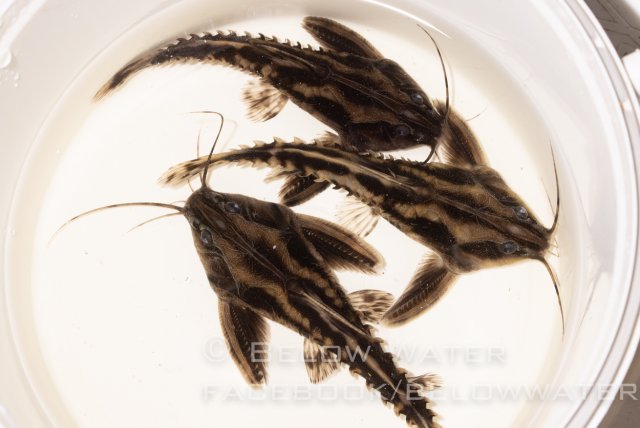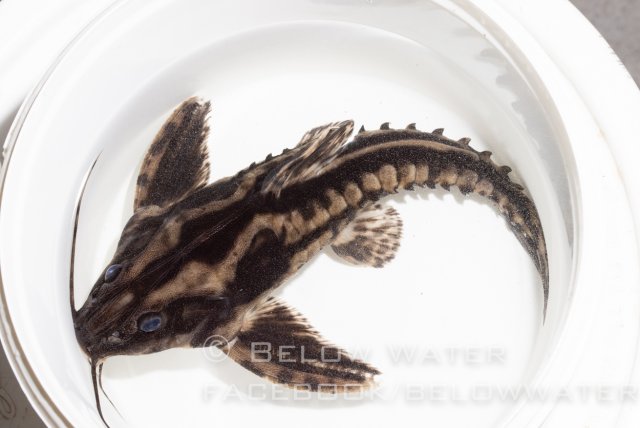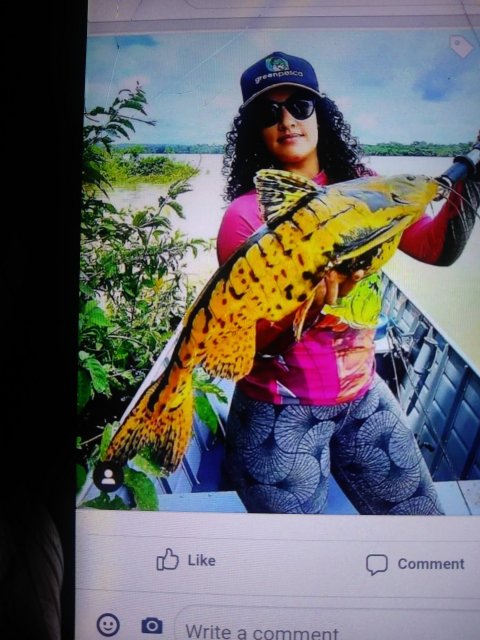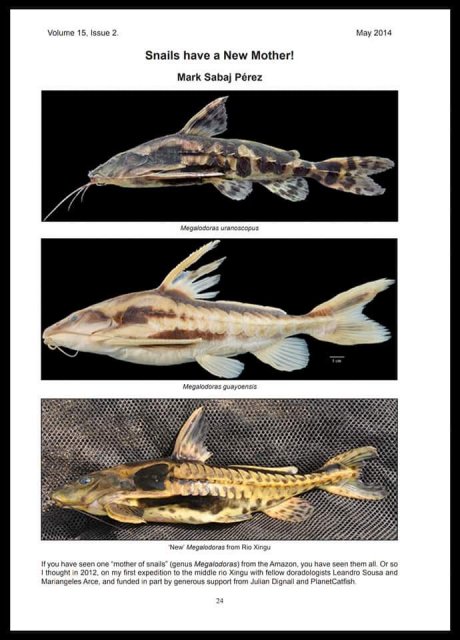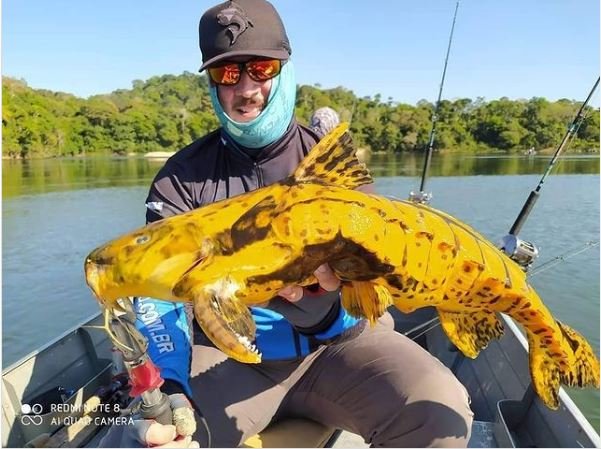I wish I could offer some helpful thoughts but I've never personally dealt with the yellow-on-black irwini. Almost all I know and don't know is reflected in this thread.
I've not moved anywhere in my knowledge. And as you can see from this thread, no one new stepped out and showed evidence pro or con.
Oliver though commands my highest respect. He is a great guy and a fish head, no argument here. I'd trust him, yet keeping in the back of my mind that no one is perfect. If he stands behind his fish and price, I'd try to make a deal with him that if the irwini grows up to look average (it looks average in the picture you had just posted) then you get your money back. To make it fair, I'd report the raising of this irwini in a thread available to all to judge and learn from. It places communal accountability both on the buyer and on the vendor too.
If he says thank you, not interested, I'd totally understand too. Vendors of fish is not the easiest way to make a living, actually it is a hard, dirty, risky, labor intensive, thankless occupation, dealing with spoiled kid-customers these days, everyone expects a stellar customer service or stinks it up online, etc... usually the only major factor that sustains this job is the love and curiosity about fish, it's a plus. All the rest seems but minuses...
My $0.02
I've not moved anywhere in my knowledge. And as you can see from this thread, no one new stepped out and showed evidence pro or con.
Oliver though commands my highest respect. He is a great guy and a fish head, no argument here. I'd trust him, yet keeping in the back of my mind that no one is perfect. If he stands behind his fish and price, I'd try to make a deal with him that if the irwini grows up to look average (it looks average in the picture you had just posted) then you get your money back. To make it fair, I'd report the raising of this irwini in a thread available to all to judge and learn from. It places communal accountability both on the buyer and on the vendor too.
If he says thank you, not interested, I'd totally understand too. Vendors of fish is not the easiest way to make a living, actually it is a hard, dirty, risky, labor intensive, thankless occupation, dealing with spoiled kid-customers these days, everyone expects a stellar customer service or stinks it up online, etc... usually the only major factor that sustains this job is the love and curiosity about fish, it's a plus. All the rest seems but minuses...
My $0.02






